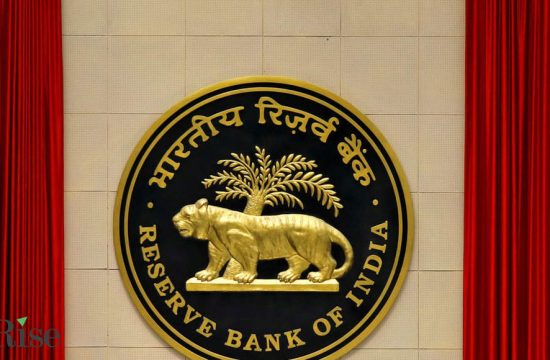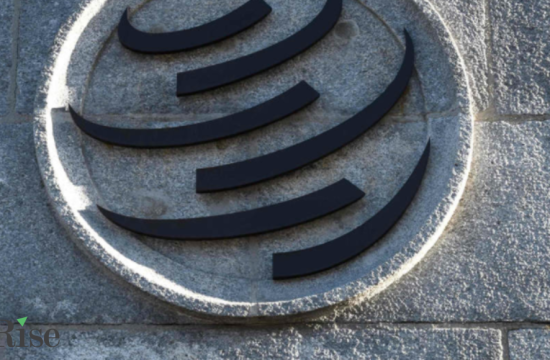
For Andrea Herrera, founder of Amazing Edibles Catering in Chicago, the pandemic has tested her ability to adapt on the fly amid falling revenues.
Since last March, the firm shifted from catering weddings and corporate events to providing first-responder meals and offering home-meal delivery services.
Herrera also opened a new business, Boxperience, a service that delivers gourmet snack boxes.
Creativity aside, her ventures continue to suffer the brunt of the pandemic. Herrera laid off about 80% of her staff last March, as clients cancelled events and stay-at-home orders began to take effect.
A patchwork of funding sources, including state and local grants and a $ 144,000 forgivable loan through the Paycheck Protection Program have kept her afloat so far.
Herrera, like many other small business owners, is counting on a second loan through PPP to get her through the spring.
“I’m hopeful this takes us through to May,” she said, “and that in Chicago, with the vaccines that things re-open and we’ll have events with 50 to 100 people.”
The U.S. Small Business Administration reopened its forgivable loan program on Jan. 11 after Congress authorized up to $ 284 billion as part of the Covid relief act that took effect near the end of 2020.
Most second-time borrowers can take a maximum loan amount of 2.5 times their average monthly 2019 or 2020 payroll costs, up to $ 2 million.
Firms in the accommodation and food services industries – like Herrera – can borrow up to 3.5 times their average monthly payroll costs for 2019 or 2020. Those companies are also subject to a $ 2 million cap.
Whether 3 ½ months of payroll will be enough to get food and hospitality businesses through the rollout of the vaccine is up in the air. But firms in desperate need will likely be clamoring to apply.
“The appetite may be a bit stronger this time around, now that a lot of business owners know what to expect,” said Nicole Davis, CPA and founder of Butler-Davis in Conyers, Georgia.
“There are more hurdles to cross this time to get the loan.”
Tougher standards
The SBA set three basic standards for second-time borrowers to meet in order to apply for a forgivable loan.
First, they must have already received a first-draw PPP loan and have either used the full amount of funding – or will use it – for authorized purposes. Second, these firms can have no more than 300 employees.
Finally, they must show they’ve had at least a 25% reduction in gross receipts in a quarter between 2019 and 2020.
What small businesses may not know is that banks could have their own expectations when the time comes to apply for more money.
For instance, banks might demand proof that your business took a hit.
“You never know what the bank will ask for,” said Campion J. Ellis, CPA and owner of CJE Associates in Indianapolis.
“If you’re someone who does stuff in QuickBooks, produce your quarterly profit and loss statements versus the prior year period,” he said.
There is no second income. I see this second round of PPP as how I support my family and this business.Nick Muzzattiowner of Snap Entertainment
Further, some lenders are also nudging their clients toward having their first round of PPP loans forgiven before allowing them to apply for a second round of funding – even though the SBA doesn’t require this, tax professionals said.
While PPP loans are generally forgivable if borrowers spend at least 60% of the funding on payroll expenses, tax professionals have held off on applying for forgiveness so far.
That’s because many of them want to see if those same clients can benefit from new provisions in the year-end Covid relief act, including the expansion of the employee retention credit.
More from Smart Tax Planning:
How being unemployed in 2020 could lead to a surprise tax bill
IRS delays start of tax season to Feb. 12
Biden’s stimulus proposal boosts these tax credits for families
Those features could affect the tax planning picture for small businesses.
“I know none of my clients have applied for forgiveness yet,” said Adam Markowitz, enrolled agent and vice president at Howard L Markowitz PA CPA in Leesburg, Florida.
“The web of problems that’s being created here because banks are desperate is bad,” he said. “It’s bad for the consumer.”
Benefits of having a team
Before approaching the bank for a second round of funding, small businesses must make sure they’re ready to provide documentation – including their profit and loss statements and payroll data.
They should also link up a tax professional to shepherd them through the process, ensure they qualify for more funding and determine whether they might benefit from key employer tax credits.
Tax professionals and small businesses alike have also spoken positively of their experience working with local lenders.
Nick Muzzatti, owner of Snap Entertainment in College Park, Maryland, went from hoping to hit $ 1 million in revenue in 2020 to subcontracting his box truck that summer to help make ends meet.
He worked with his accountant and Sandy Spring Bank, a local lender, to secure a PPP loan of about $ 39,000.
His CPA helped him prepare his payroll documents, and she will likely be instrumental in helping him obtain a second round of PPP funding.
“At this point, I can’t be the only business owner who looks at it like this,” Muzzatti said.
“There is no second income,” he said. “I see this second round of PPP as how I support my family and this business.”









